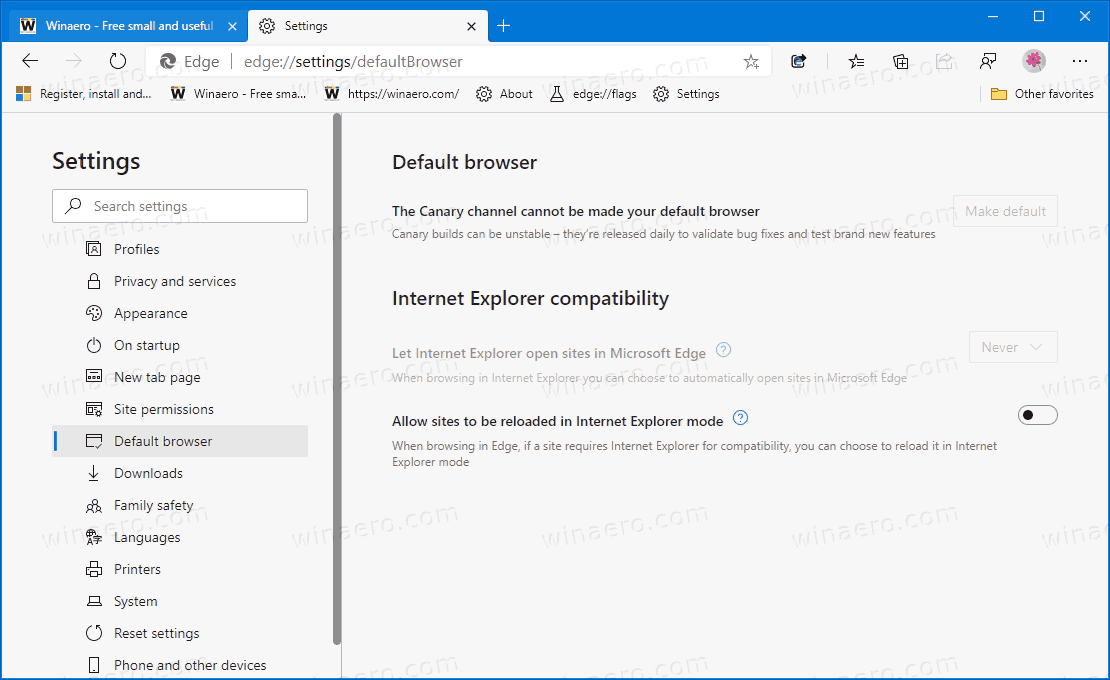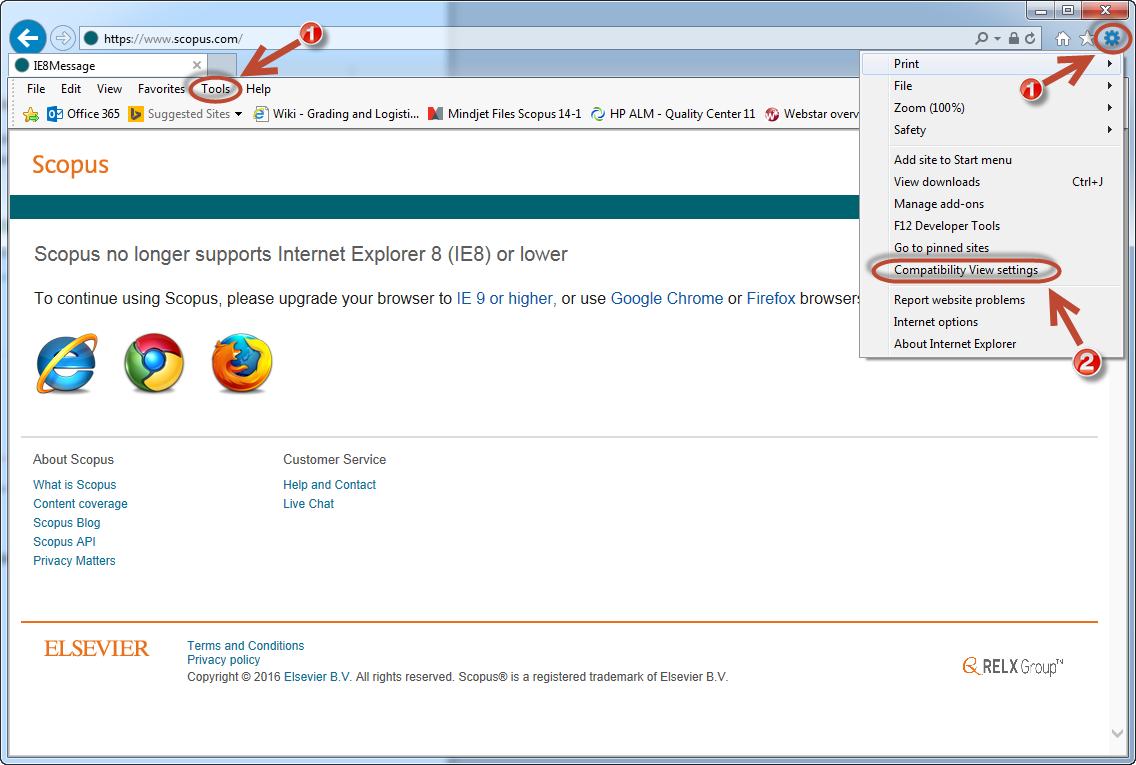

In recent versions of Office, one way to identify the webview control that Office is using is through the personality menu on any add-in where it's available.

For information about which versions of Windows and Office use the Internet Explorer 11 webview control, see Browsers and webview controls used by Office Add-ins. You can use a command line to switch from a more modern webview used by add-ins to Trident for this testing. If you plan to support older versions of Windows and Office, your add-in must work in the embeddable browser control called "Trident" that's provided by Internet Explorer 11.

The Script Lab tool no longer supports Trident.However, it only issues a warning when the add-in doesn't support these webviews the add-in isn't rejected by AppSource. AppSource still tests for combinations of platform and Office desktop versions that use Trident or EdgeHTML.Consequently, AppSource doesn't test add-ins in Office on the web on these browsers.

Office on the web no longer opens in Internet Explorer or Microsoft Edge Legacy.We recommend (but don't require) that you support these combinations, at least in a minimal way, by providing users of your add-in a graceful failure message when your add-in is launched in these webviews. So, Trident and other functionality from Internet Explorer can still be called programmatically by Office. Internet Explorer 11 was disabled in Windows 10 and Windows 11 in February 2023, and the UI for launching it was removed but it's still installed on with those operating systems. Some combinations of platforms and Office versions, including volume-licensed perpetual versions through Office 2019, still use the webview controls that come with Internet Explorer 11 (called "Trident") and Microsoft Edge Legacy (called "EdgeHTML") to host add-ins, as explained in Browsers and webview controls used by Office Add-ins. Webviews from Internet Explorer and Microsoft Edge Legacy are still used in Office Add-ins


 0 kommentar(er)
0 kommentar(er)
